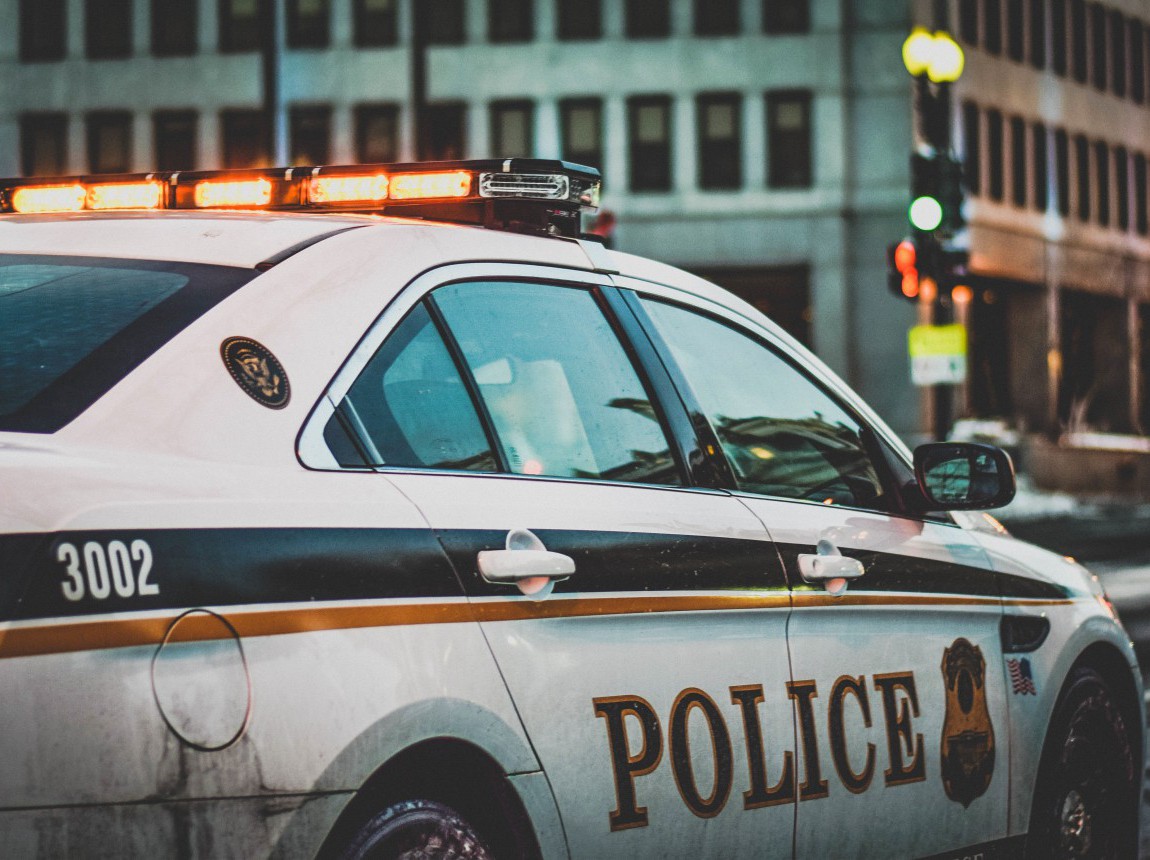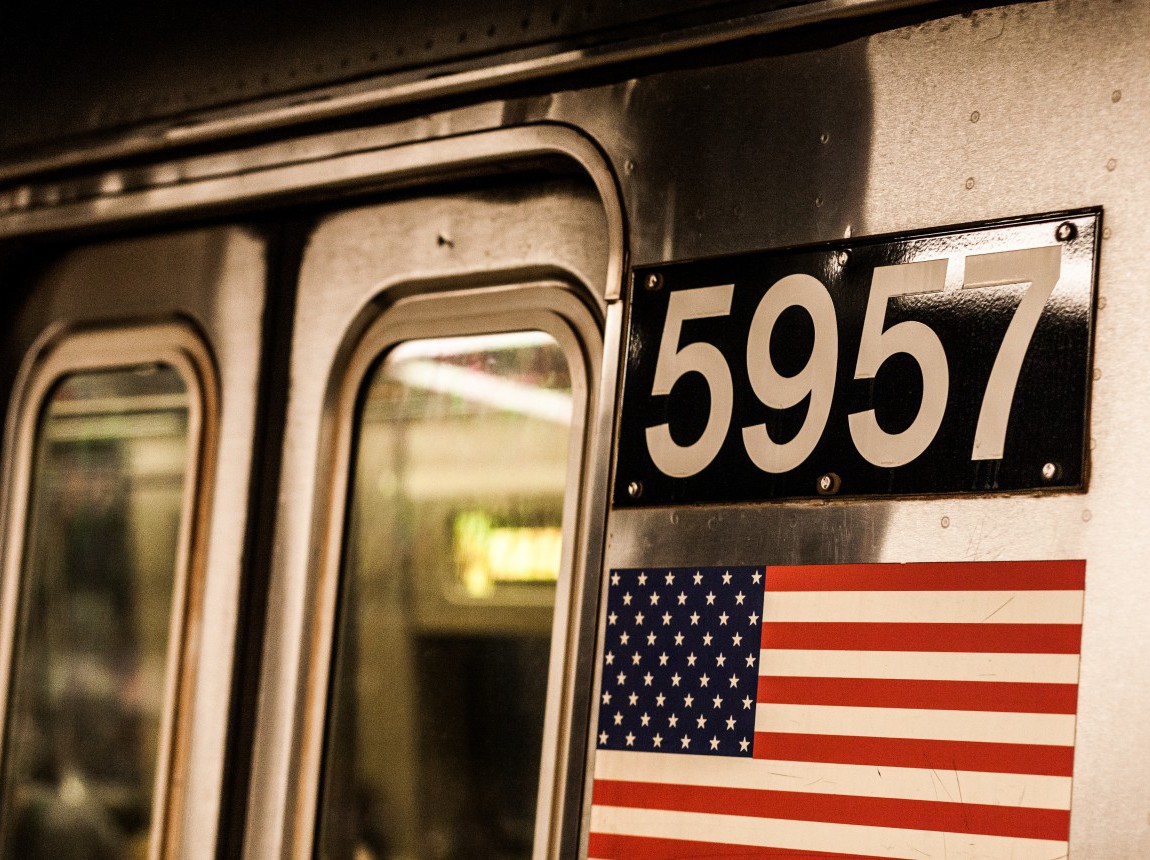Related

Jul 22,2016
Mark Kleiman & Hakeem Jeffries on Policing
more on:
public safety

Apr 24,2015
Marron Course Fall 2015
by
Brandon Fuller
Writing in City Journal, I make the case that New York City should pilot a volunteer pre-ambulance program that is working well in Jersey City:
On the afternoon of January 2, Yehonathan “Yoni” Guigue received an alert on his cell phone: there was a person lying on the ground, feeling unwell, a few blocks away. Within 90 seconds of receiving the notification, Yoni was on the scene. He quickly ascertained that the man before him—unconscious, without a pulse, and not breathing—was in cardiac arrest. Yoni enlisted a police officer to help with chest compressions and alerted Jersey City Emergency Medical Services (EMS) to the life-threatening nature of the incident. Using defibrillation, Yoni saved the patient’s life, getting a pulse back just before the paramedics arrived.
Yoni is one of more than 100 volunteers equipped and trained by United Rescue, a pre-ambulance emergency-care service that uses a smartphone app to alert its volunteers when they’re near the scene of a health-related 911 call. Since Jersey City Mayor Steven Fulop partnered with Eli Beer and Mark Gerson of United Rescue to launch the service in 2015, its volunteers have responded to roughly 100 calls per week. With an average response time of two and a half minutes, United Rescue volunteers arrive at least one minute before an ambulance in over 50 percent of calls—a difference, as Yoni’s story suggests, that saves lives. It’s time that Jersey City’s much bigger neighbor across the Hudson take notice.
With only 250,000 residents, Jersey City is much smaller than New York City. But size notwithstanding, both cities’ EMS professionals share challenges: navigating high-rise buildings, high population densities, and traffic congestion. What’s more, United Rescue is modeled on United Hatzalah in Israel, a country with a comparable population size to New York City’s, where volunteers field more than 1,000 calls each day. Jersey City shows how the United Rescue approach could work nationwide. United Hatzalah, in turn, demonstrates that it scales—the same approach could enhance New York City’s emergency medical services and save lives.
Please fill out the information below to receive our e-newsletter(s).
*Indicates required.